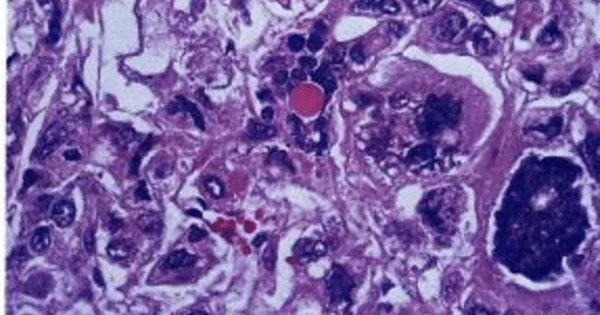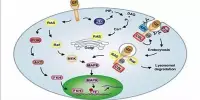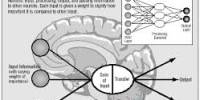Endodermal sinus tumor (EST) is a type of cancer that belongs to the germ cell tumor group. It is a rare and aggressive type of germ cell tumor that primarily affects the ovaries or testes. It is also known as yolk sac tumor. It is the most common type of testicular tumor in children under the age of three, and it is also referred to as infantile embryonal carcinoma. Germ cell tumors develop from the cells that produce eggs in women and sperm in men. While these tumors are most commonly found in the gonads, they can occur anywhere in the body.
Although ESTs are most commonly found in infants and children, they can also be found in adults. This age group has an excellent prognosis. Adult endodermal sinus tumors are frequently found in conjunction with other types of germ cell tumors, particularly teratoma and embryonal carcinoma, as opposed to the pure form seen in infants. While pure teratomas are usually benign, endodermal sinus tumors are cancerous.
Cause
Causes for this cancer are poorly understood.
Symptoms
The symptoms of endodermal sinus tumors may include abdominal pain or swelling, a palpable mass, and signs of hormonal changes. In infants and children, these tumors may present as abdominal masses.
Diagnosis
Treatment typically involves a combination of surgery, chemotherapy, and, in some cases, radiation therapy. The specific approach depends on factors such as the location and size of the tumor, as well as the patient’s age and overall health.
The histology of EST varies, but it usually contains malignant endodermal cells. These cells produce alpha-fetoprotein (AFP), which can be found in tumor tissue, serum, cerebrospinal fluid, urine, and, in the case of fetal EST, amniotic fluid. When there is a discrepancy between biopsy and AFP test results for EST, the result indicating the presence of EST is used to guide treatment. This is due to the fact that EST frequently occurs as small “malignant foci” within a larger tumor, usually teratoma, and biopsy is a sampling method; a biopsy of the tumor may reveal only teratoma, whereas elevated AFP indicates that EST is also present. GATA-4, a transcription factor, may also aid in the detection of EST.
The extremely high levels of AFP in pregnant women and infants complicate the diagnosis of EST in these two groups. Tumor surveillance through AFP monitoring necessitates precise correction for gestational age in pregnant women and age in infants. This can be accomplished in pregnant women simply by testing maternal serum AFP rather than tumor marker AFP. The tumor marker test is used in infants, but it must be interpreted using a reference table or graph of normal AFP in infants.
















